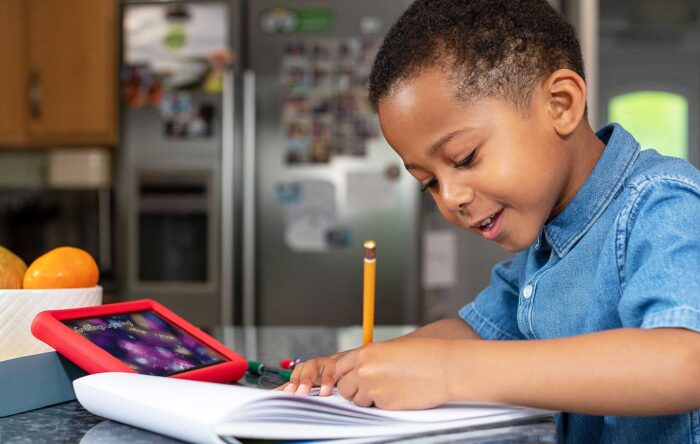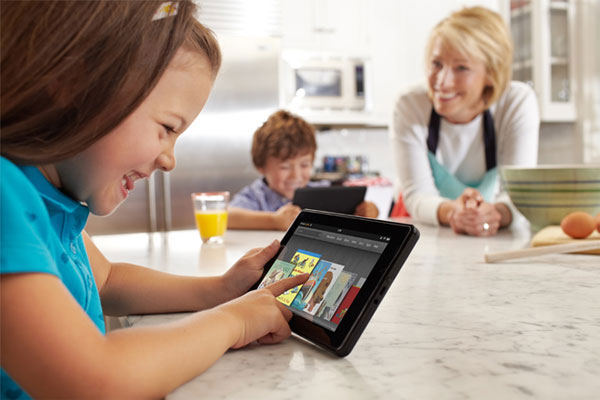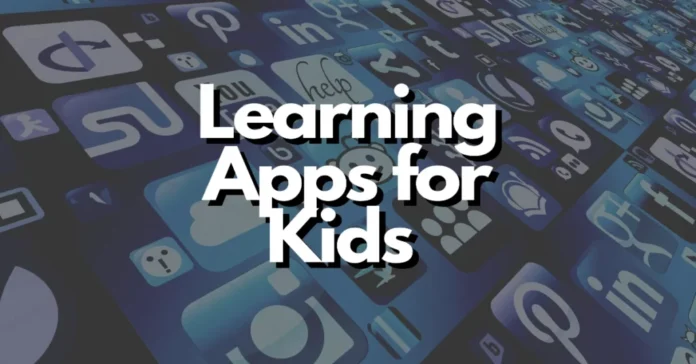As a parent who has spent countless hours researching educational tools and speaking with other parents, I’ve come to realize one thing: the world of educational apps can be both exciting and overwhelming.
When my child first showed interest in using technology for learning, I wanted to make sure they were using tools that were both fun and productive. I spoke to parents who were in the same situation and did the research to see what works best.
It’s clear that technology has opened the door to a new way of teaching our children. The question most parents ask is, “How can we make sure the apps we choose are both engaging and beneficial?”
Today, I’ll share what I found about the most effective educational tools and how they make learning an adventure for our kids.
Key Points:
- Parents want learning apps to be fun and beneficial for their children.
- Many tools exist that focus on interactive learning rather than passive screen time.
- Balancing fun with learning outcomes is essential.
- Parents value apps that engage without overwhelming their kids.
- The right app can make all the difference in a child’s educational progress.
Why Interactive Apps Work

Interactive learning tools work well for children because they combine fun with education. Apps designed to capture the attention of children while teaching them essential skills make it easier for them to stay engaged. Many parents I spoke with prefer those that involve creativity, problem-solving, and a sense of achievement.
Best Learning Apps for Kids
From my research, here are some of the best learning tools for kids based on feedback from parents and personal experience:
- Lingokids: Perfect for language skills, and the interactive design keeps children engaged for long periods.What makes Lingokids special is how it blends games with lessons. It doesn’t just teach; it immerses children in a world where they feel like they’re having fun.
- Khan Academy Kids: Offers a wide range of subjects with detailed lessons suitable for different age groups.
- ABCmouse: Great for younger children starting their educational journey. It covers math, reading, and art.
- Prodigy Math Game: Combines adventure with math problems, making it an exciting tool for math learners.
- Epic!: An excellent app for young readers, offering a library of digital books that make reading interactive.
Comparison Table of Top Apps:
| App Name | Best For | Key Feature |
| Lingokids | Language learning | Interactive games |
| Khan Academy Kids | Various subjects | Free, comprehensive |
| ABCmouse | Early education | Wide range of subjects |
| Prodigy Math Game | Math learning | Game-based learning |
| Epic! | Reading skills | Large digital library |
Games and Learning Can Go Hand in Hand

Children often respond better to learning when it feels less like work and more like a game. From my conversations with other parents, it’s clear that many have seen positive results when using apps that gamify learning.
Kids tend to be more motivated when they feel rewarded for their efforts. Many of the top-rated educational tools for children incorporate point systems, rewards, or levels.
This approach gives kids something to strive for, making education an enjoyable challenge.
For example, there are apps that teach basic math through fun puzzles or apps that introduce geography through interactive maps.
The important thing is that the tool offers a balanced mix of fun and learning. Apps that overload with information without keeping things entertaining quickly lose their audience.
The Importance of Customization
No two children learn in the same way or at the same pace. Parents I spoke to mentioned that they value tools that adapt to their child’s unique learning style. Personalized learning paths, where apps adjust to the child’s abilities, ensure that children stay challenged but not frustrated.
I’ve seen this work in my own home as well. When an app offers different levels of difficulty and adjusts based on how my child is doing, the learning experience becomes smoother.
It gives kids the feeling that the app is “just right” for them. This customization helps maintain their interest and encourages them to push further without feeling overwhelmed.
Social Learning

It’s not just about solo activities either. Many apps now offer ways for children to engage with peers in a safe environment.
Social learning, where children can collaborate or compete with others in real-time, encourages teamwork and communication skills. Parents are excited to see apps integrating these features, making the experience even more dynamic.
One parent I spoke with highlighted how her child became more engaged with learning when they could “show off” their achievements to friends.
These social features can be an important factor when choosing the right tool for your child, especially in an age where technology is so embedded in daily life.
Balance is Key
Despite the many benefits, there’s always the concern about screen time. As a parent, I’m cautious about how much time my child spends using any kind of technology.
That’s why it’s important to choose tools that encourage short, focused bursts of learning rather than endless hours of screen exposure.
Several parents I talked to limit their kids’ use to 30 minutes a day, ensuring that the time spent using the apps is productive and doesn’t interfere with other important activities like outdoor play or family time.
FAQ
Are learning apps safe for my child to use?
Yes, many apps have parental controls to ensure safety, and reputable platforms prioritize data protection.
How much screen time is recommended for kids using learning apps?
Experts recommend limiting screen time to about 30 minutes to 1 hour per day to balance other activities.
What’s the best way to monitor my child’s progress on these apps?
Most apps offer progress reports for parents. You can also sit with your child during use to see their improvement firsthand.
Do I need to pay for learning apps, or are there free options?
Many apps offer free versions with limited features. Paid versions often provide a more comprehensive experience, but free tools like Khan Academy Kids still deliver high-quality education.
Will using these apps replace traditional learning methods?
No, these apps should supplement traditional learning, not replace it. They are tools to enhance and support your child’s education.
Conclusion
Educational apps can be a great way to make learning enjoyable for children, but it’s important to pick the right ones. The tools should be engaging, provide educational value, and fit the needs of your child.
It’s clear from speaking with other parents and my own experiences that technology, when used responsibly, can have a positive impact on a child’s learning journey. Choose tools that balance fun with educational outcomes, and don’t forget to monitor your child’s progress along the way.



